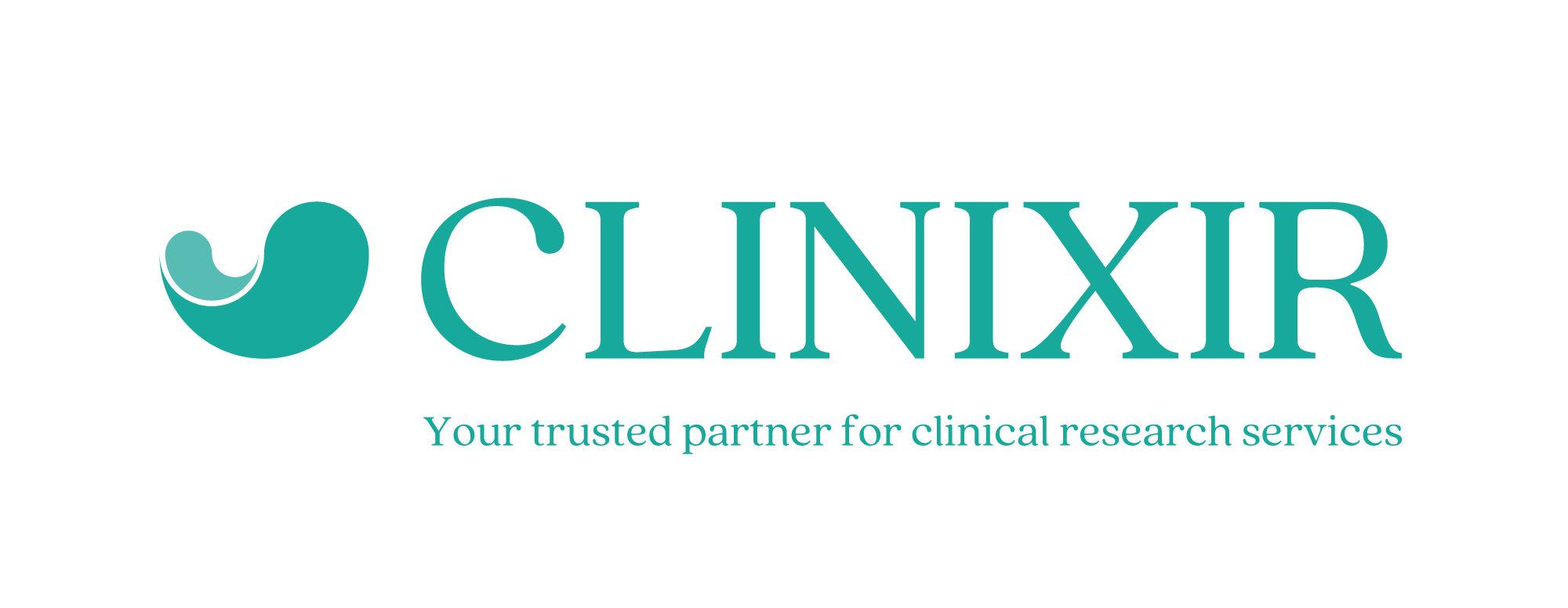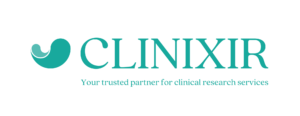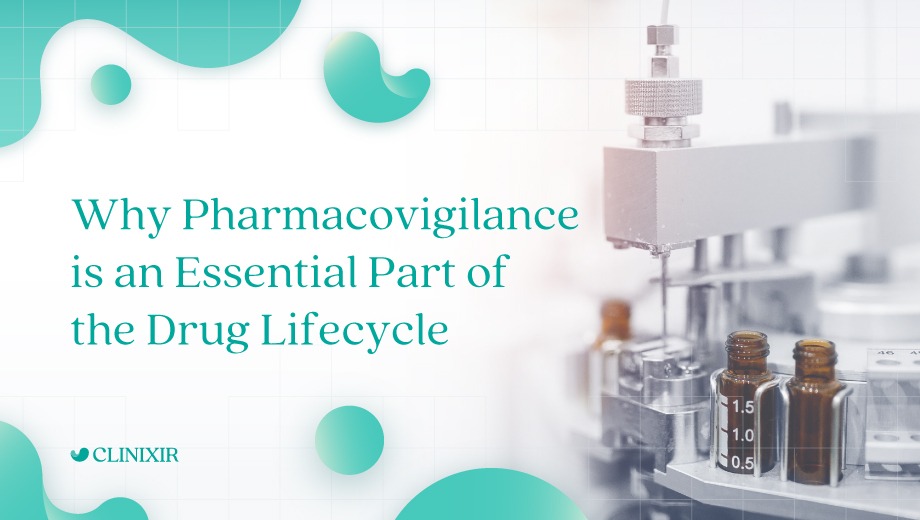Pharmacovigilance is the lifeblood of the pharmaceutical industry. Without it, there would be no reliable way for researchers to assess the overall safety and efficacy of a drug. Simply put, this process is necessary to ensure that every drug on the market is both beneficial and safe for widespread use – a level of protection that has unfortunately proven necessary to guard against disastrous clinical outcomes.
Pharmacovigilance, as defined by the World Health Organization, “is the science and activities relating to the detection, assessment, understanding and prevention of adverse effects or any other medicine related problem.” Its methods are essential for thoroughly testing clinical drugs, lessening the risk of undesirable side effects, and improving patient safety.
As clinical trials are by necessity restricted to a limited sample size, unwanted side effects sometimes emerge only in later stages, when a drug is released to a larger population. Pharmacovigilance extends to cover post-market use, so that patient reactions to each drug can be continually monitored for improved safety – which in turn also improves public trust.
Drug Safety
Drug safety monitoring is crucial throughout all stages of the drug development lifecycle. As different drugs pose different dangers, monitoring and understanding the science behind adverse drug reactions can greatly increase the safety of new and future medicines.
Pharmacovigilance is applied to both the pre-market research/development stage and the post-market real-world use stage of drug manufacturing. In the pre-market stage, researchers are tasked with closely monitoring and analyzing adverse drug reactions wherever they appear, across all three phases of a clinical trial. This part of the clinical research process plays a major role in determining whether a given drug is safe for distribution.
Post-market pharmacovigilance is conducted through a combination of spontaneous and solicited reports. When a patient has an adverse drug reaction, healthcare professionals or patients can submit a spontaneous report describing these effects to the relevant regulatory authority. This is called a spontaneous report and is considered a passive form of monitoring.
Solicited reports are conducted through a pre-planned process by hospitals, pharmacies, and physicians, and are aimed at monitoring adverse reactions caused by drugs.
Although each drug goes through rigorous procedural analyses before being authorized and released to the public, some drugs may nevertheless have unexpected side effects. That is why it is vital for pharmaceutical companies and specially contracted research organizations to faithfully adhere to the pharmacovigilance process – continuing to closely monitor any adverse events that may occur, even after a drug is made available for wide release.
Signal Management
When adverse reactions are found, researchers will then conduct further investigation by following the signal management procedure, to identify whether there are new risks associated with the medicinal product or whether known risks have changed. This procedure can be broken down into various parts, including signal detection, signal validation, analysis & prioritization, assessment, recommendation for action, and exchange of information.
Signal detection can come from spontaneous reports, active monitoring systems, and interventional studies (clinical trials). When a signal is detected, its validity must be evaluated by taking into account the strength of the evidence, clinical relevance, and previous awareness of the association.
Through analysis and assessment, researchers can propose a recommended action by prioritizing patient safety within a risk-benefit balance framework. Lastly, the pharmacovigilance physician will communicate the details to regulators. The outcome of the signal assessment may also be communicated to the public, especially healthcare professionals and patients, to inform them about new or changed risk assessments.
Patient Safety
Pharmacovigilance is designed to safeguard patients from adverse events while enabling the detailed exchange of information among healthcare professionals. Although doctors and researchers do not intend to put patients in harm’s way, unfortunately a percentage of drugs and medications do carry a risk of incurring harmful side effects.
Effective pharmacovigilance practices therefore ensure that risks and adverse events are identified as soon as possible, preventing and minimizing any damage that may befall current or future patients. Ultimately, the analysis and dissemination of this information sets the foundation for success and overall patient safety in future trials.
The value of pharmacovigilance is largely a product of its thorough, detail-oriented focus. The process enables in-depth monitoring throughout all stages of the drug development cycle, with findings analyzed and categorized according to clear sets of guidelines. Data collection is enhanced through two types of reports that permit timely identification of current and potential risks in medicinal products. Safety information is then shared to help minimize the adverse effects of drugs, and ultimately safeguard patient wellbeing.
Pharmacovigilance is essential to any drug development process – though its true value in society extends even further. This process provides the foundation of trust on which the entire pharmaceutical industry depends, as researchers protect the interests of public health and safety.
If your organization is looking to market a new drug or access a new market, consider setting up a pharmacovigilance system with Clinixir. Our team of professional researchers will guide you through the complex process of medical monitoring and patient safety. Contact us today to get started.



